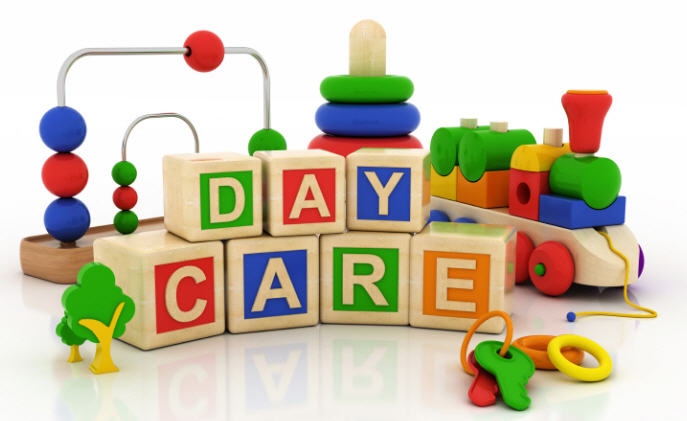
Key Performance Indicator (KPI) for Day Care
To name a few:
Child Well-being KPIs
- Developmental Milestones: Track children’s progress against expected developmental milestones for their age group. This helps assess the effectiveness of your programming.
- Behavioral Observations: Monitor positive behavioral interactions and address any disruptive tendencies to promote a positive learning environment.
- Incident Reports: Track accidents, injuries, and illnesses to identify any patterns and take preventative measures. Child safety is paramount.
- Nutrition: Monitor food intake and participation in healthy meal options if you provide meals and snacks.
Parent Satisfaction KPIs
- Parent Satisfaction Surveys: Gauge satisfaction with the daycare’s environment, staff, programs, and communication.
- Net Promoter Score (NPS): Measures the likelihood of a parent recommending your daycare center to others.
- Parent-Teacher Communication: Track frequency and satisfaction with parent-teacher communication regarding their child’s progress.
- Parent Retention Rate: Percentage of families who continue enrollment year-over-year. High retention reflects satisfaction.
Operational KPIs
- Enrollment: Total number of children currently enrolled.
- Average Daily Attendance (ADA): The average number of children attending on a given day.
- Capacity Utilization: Percentage of available spots filled, helping you track enrollment versus your center’s capacity.
- Waitlist Size: Indicates unmet demand and potential to expand.
- Staff-to-Child Ratio: Ensure you meet or exceed regulatory requirements and provide quality care.
- Staff Turnover: High turnover can disrupt care and increase costs.
Financial KPIs
- Revenue per Child: Average revenue per child over a specific period.
- Cost per Child: Average cost to care for each child, including staff, supplies, and overhead.
- Profit Margin: Percentage of revenue remaining after all expenses are accounted for, demonstrating financial health.
- Days Sales Outstanding (DSO): Average time it takes to collect payment from parents. Lower DSO is better for cash flow.
Additional Considerations
- Employee Satisfaction: Track staff morale and engagement, as this directly impacts the quality of care.
- Accreditation and Licensing: Ensure compliance with all regulations and maintain any voluntary accreditations.
- Community Involvement: Track participation in community events or partnerships with other organizations.
